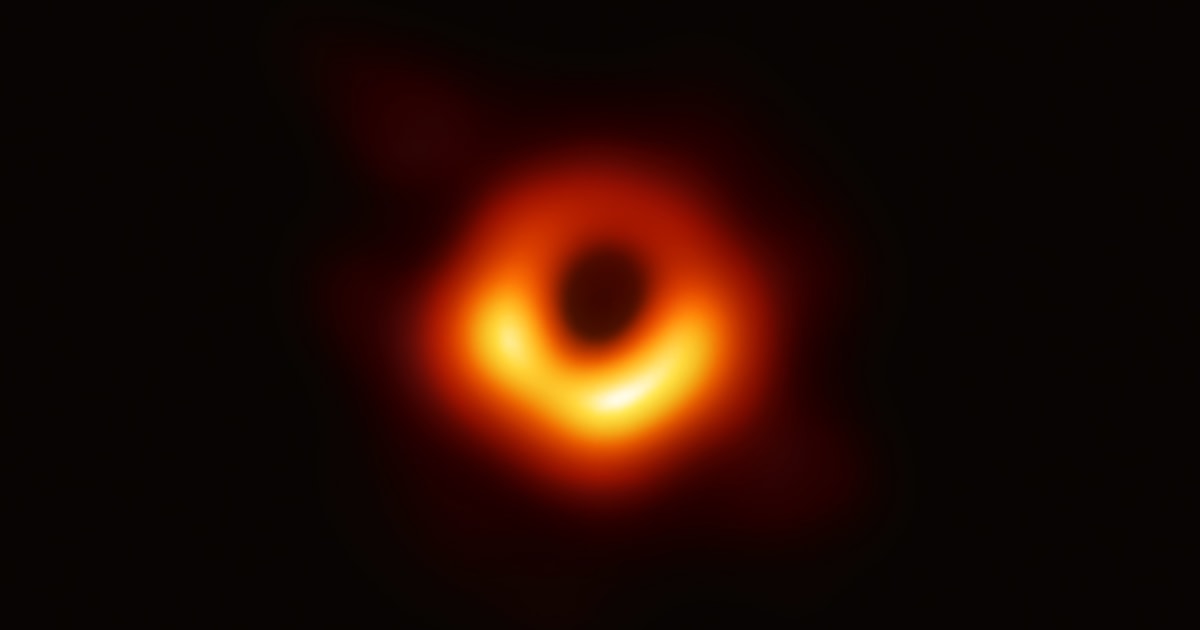
Once upon a time, in a galaxy far, far away, a black hole swallowed a neutron star. Then, 10 days later, another black hole ate up another star. The two separate events triggered ripples through time and space that eventually hit Earth.
Those ripples, first detected in January 2020, offered researchers two distinct looks at the never-before-measured cosmic collisions, according to research published Tuesday in the academic publication The Astrophysical Journal Letters.
"This is the first detection of a merger between a black hole and neutron star," said Chase Kimball, a Northwestern University graduate student and one of the study's co-authors. "Basically, the black hole eats the neutron star and becomes fatter."
Astrophysicists have previously observed two black holes colliding with two neutron stars in separate events, but never the two paired together.
"We long thought they exist, but this is the first direct confirmation that will help fine-tune future astrophysical models about the binary star systems in our universe and how they interact with each other," Kimball said.
The collisions and ensuing gravitational waves offer a rare glimpse into how cataclysmic cosmic explosions like the black hole-neutron star collision impact the expansion and shrinking of space-time — an observation that had never been seen before in the nascent field of gravitational-wave astronomy.
Neutron stars are corpses of large stars 10 to 30 times as massive as the sun, and black holes are condensed space regions where gravitational forces are so strong that not even light can escape. When these astronomical objects meet, according to Kimball, they spiral around each other "like a dance" until they finally collide and create an enormous explosion.
The merger produces bursts of energy like gravitational waves that move through space and time — a perturbation that has been measured by detectors on Earth from the Laser Interferometer Gravitational-Wave Observatory, known as LIGO.
In collaboration with a smaller detector in Italy called Virgo, LIGO picked up the first black hole merging with the neutron star about 900 million light-years away from Earth on Jan. 5, 2020. The second gravitational waves were picked up farther away from the planet Jan. 15, 2020.
Because it appears that the black hole gulped the neutron star almost immediately, Kimball said astrophysicists would need to observe more of this "rare" coupling to learn more about its characteristics.
"How do they spin? How massive exactly are the neutron stars? Why have we never observed this in the Milky Way?" he said. "There's just so much more to learn."
"time" - Google News
June 30, 2021 at 01:43AM
https://ift.tt/2SBSLUr
For the first time, astrophysicists detect a black hole swallowing a neutron star - NBC News
"time" - Google News
https://ift.tt/3f5iuuC

No comments:
Post a Comment